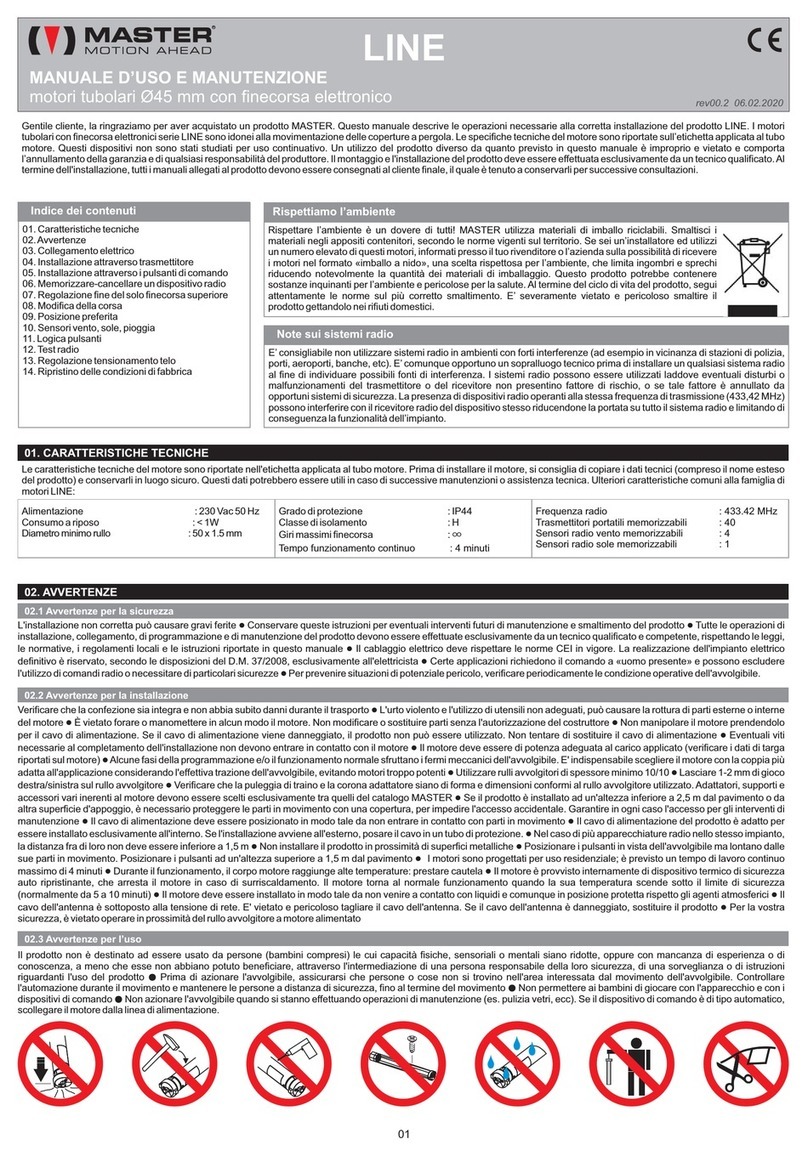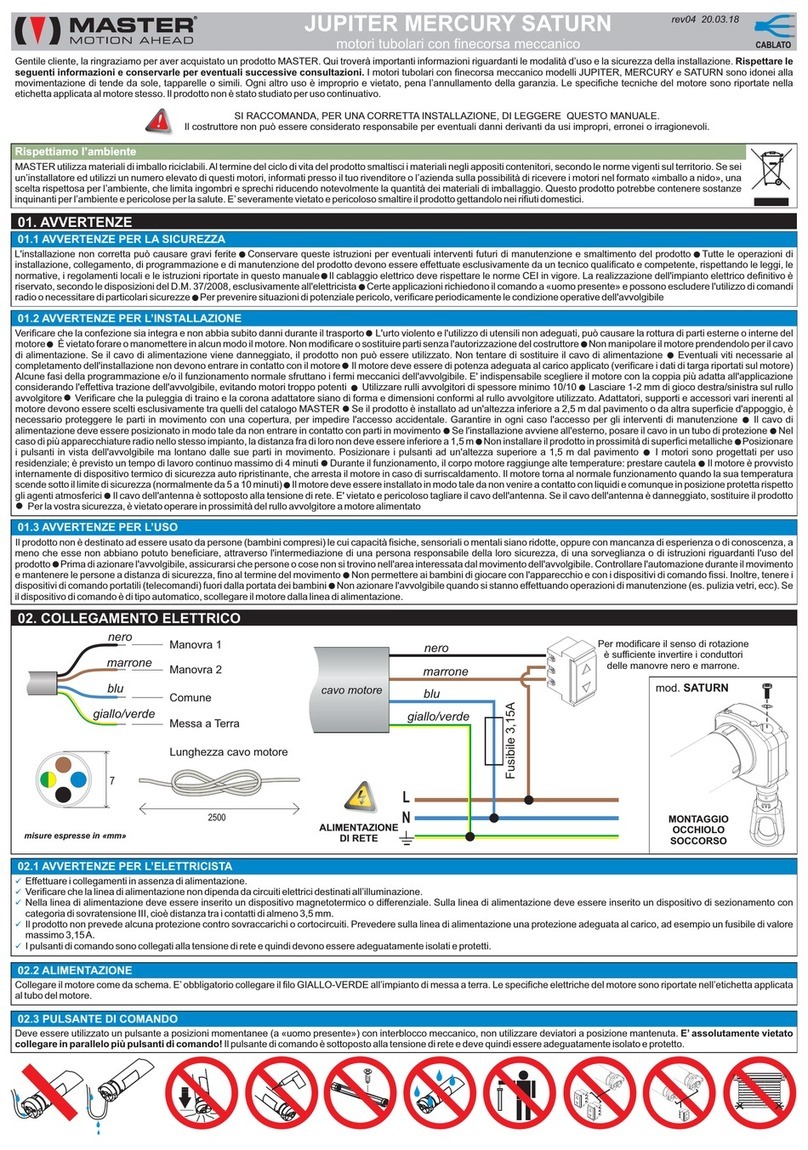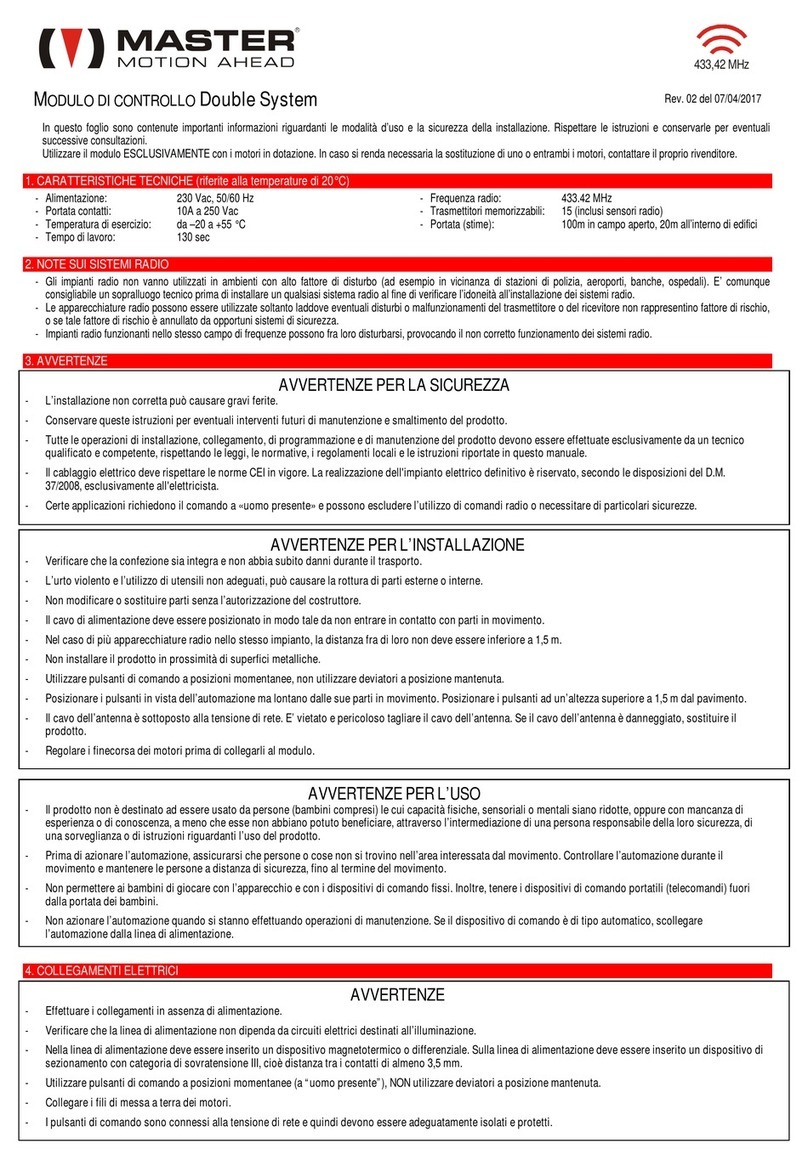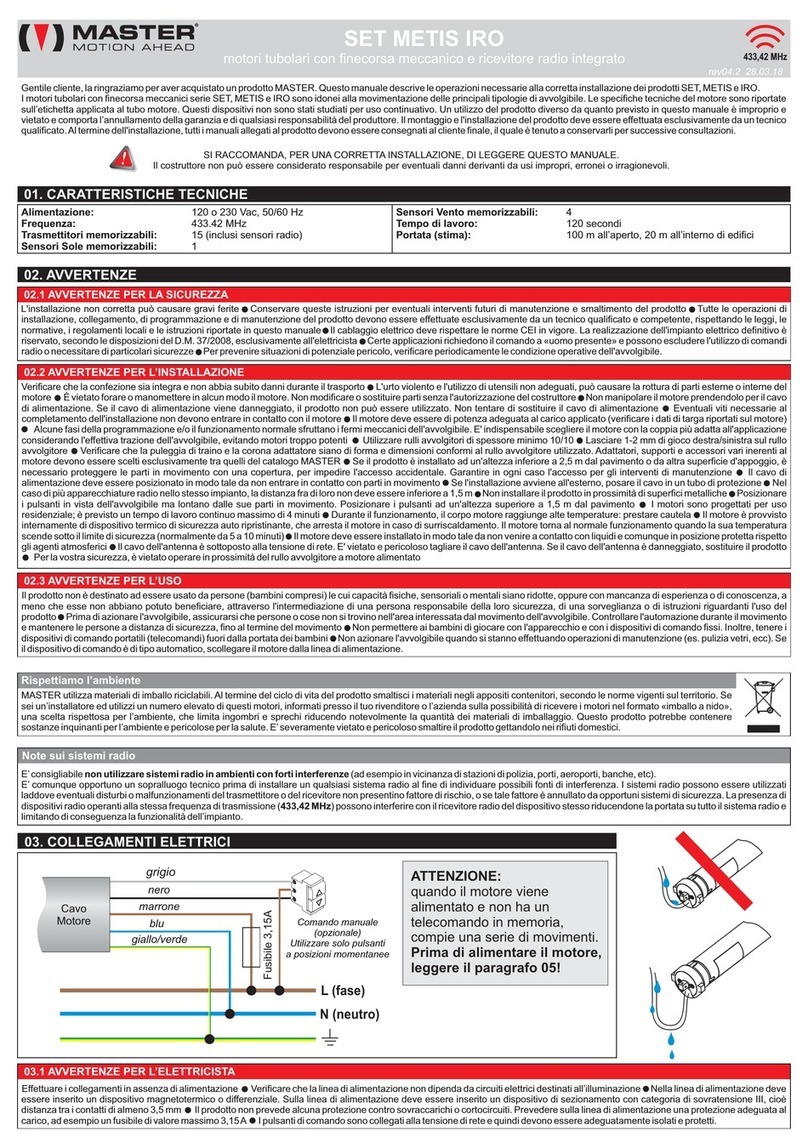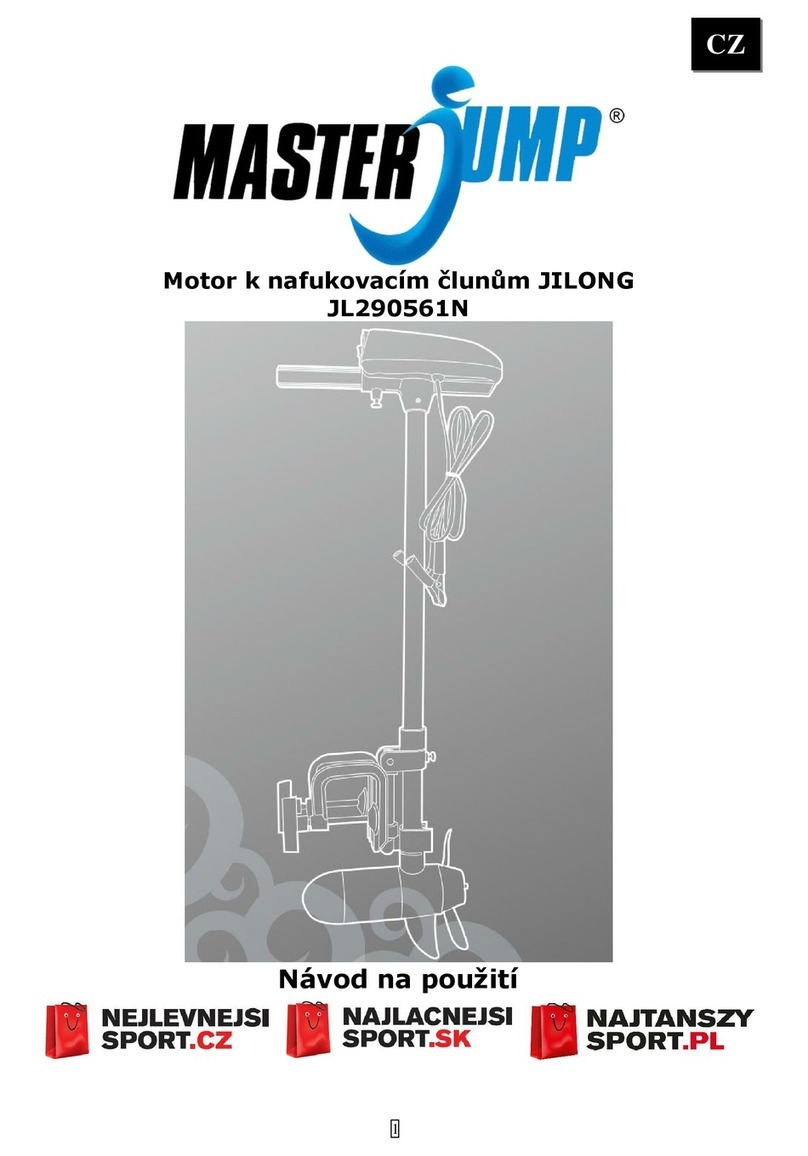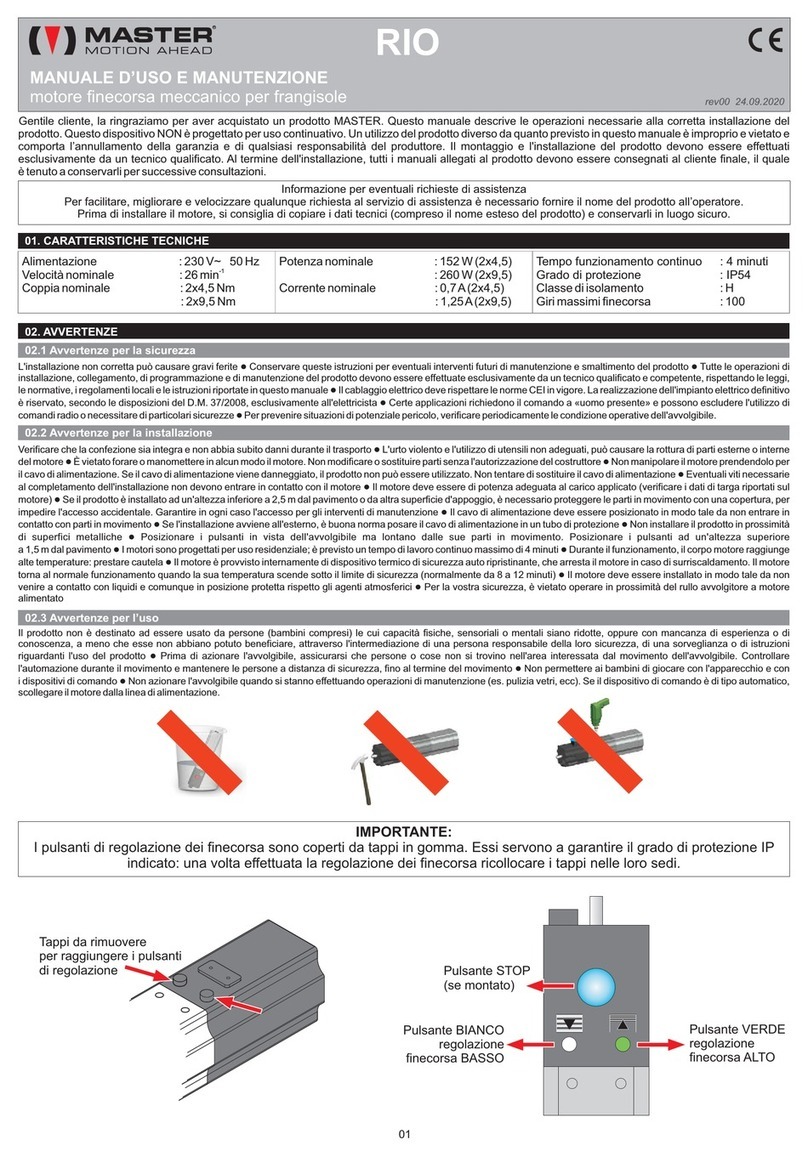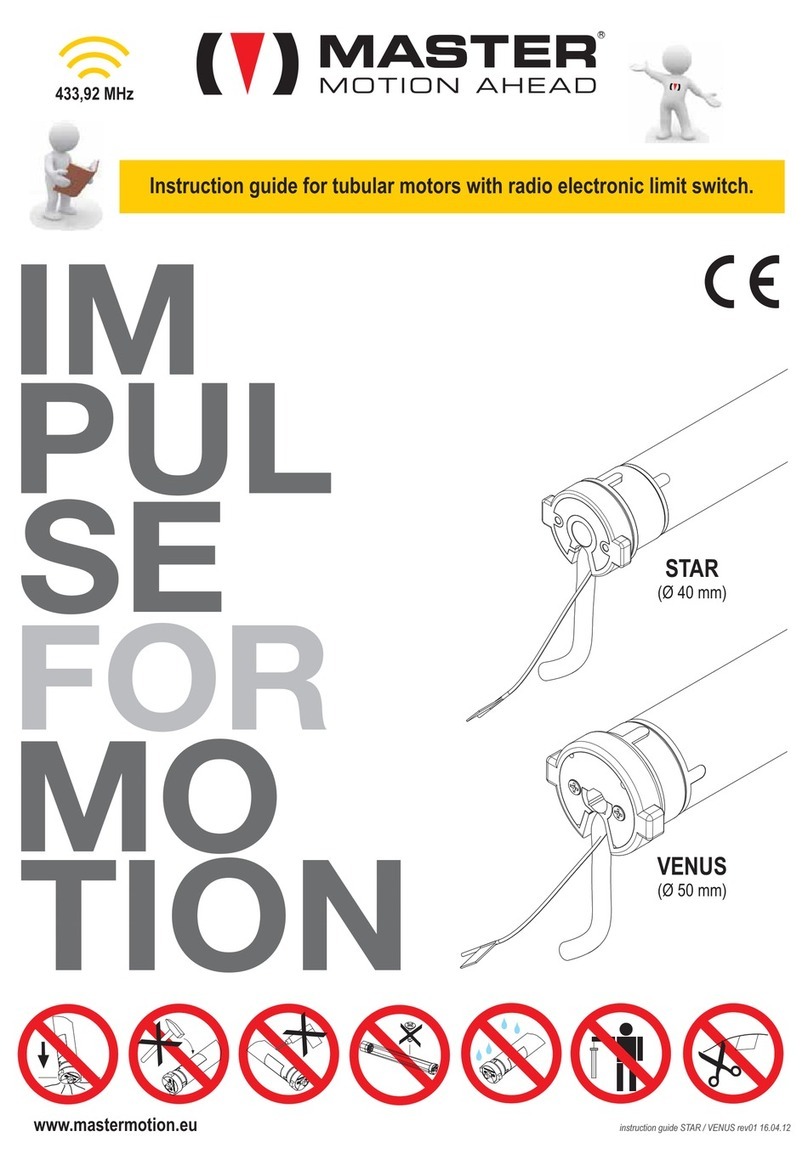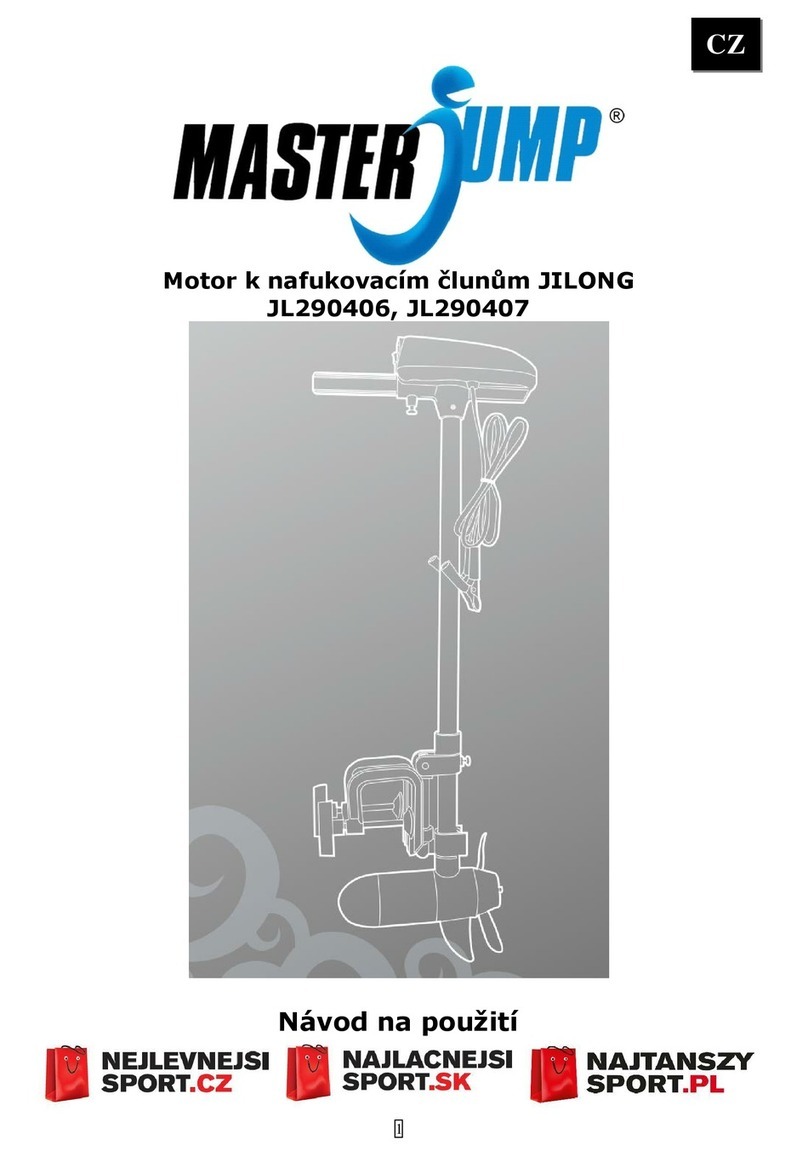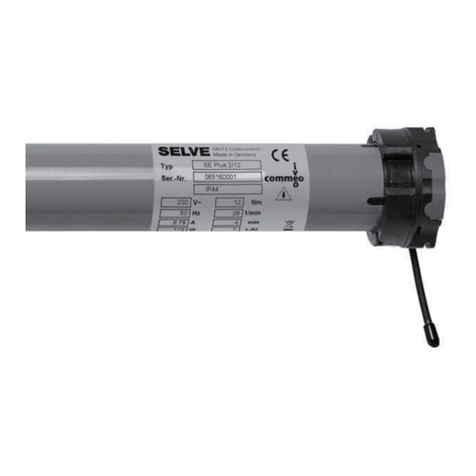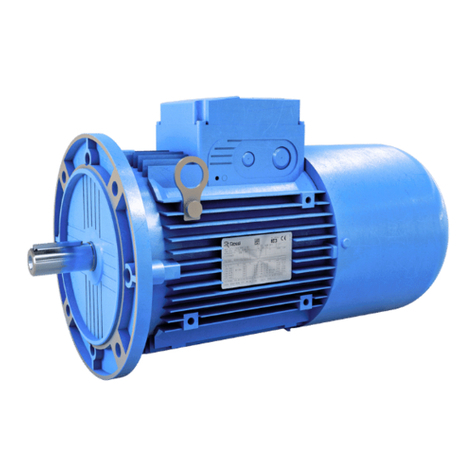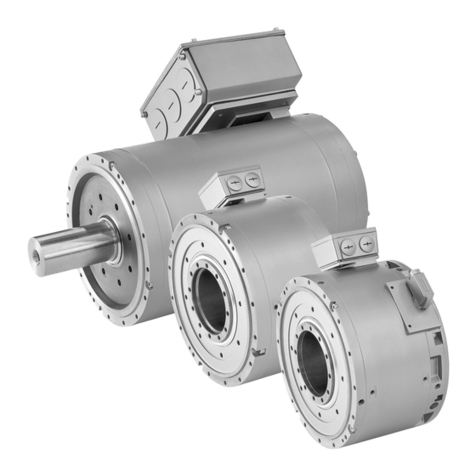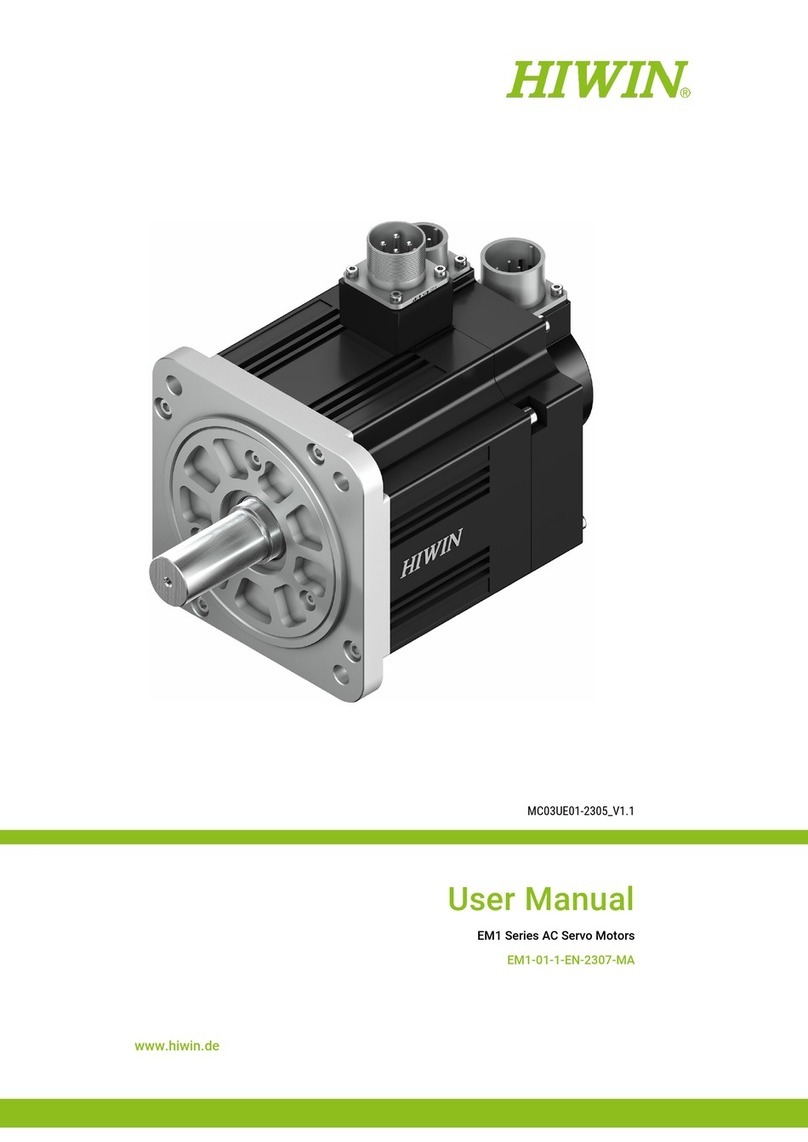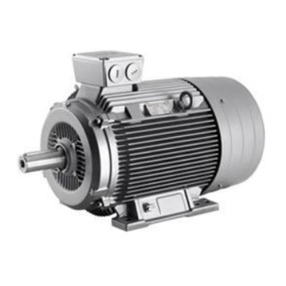
3
ITA
L’installazione dell’attuatore va eseguita secondo istruzioni del costruttore. Il mancato rispetto di tali
raccomandazioni può compromettere la sicurezza dell’intero sistema.
L’esecuzione dell’impianto elettrico d’alimentazione va eseguita nel rispetto delle norme vigenti nel
paese di installazione.
Pericolo di schiacciamento o di trascinamento. Durante il funzionamento, quando l’attuatore chiude il
serramento, esso potrebbe esercitare una forza sulle battute dell’infisso tale da provocare lo schiac-
ciamento delle dita in caso di distrazione.
È vietato l’utilizzo di attuatori a catene su finestre installate sotto i 2,5m, se non vengono rispettate tutte
le condizioni elencate in schemi e flow chart a fine manuale nel capitolo annex (allegato A-6)
Lo stoccaggio degli attuatori in cantiere va eettuato rispettando tutte le procedure che possano pre-
venire danni, polvere, umidità o contaminazione dell’attuatore.
Nel caso di guasto o di mal funzionamento, spegnere l’attuatore dall’interruttore generale e far inter-
venire un tecnico qualificato.
Gli attuatori APRO rispettano la direttiva macchine 2006/42/EG ed IEC60335-2-103 ed altre direttive e
norme allegate nelle Dichiarazioni di incorporazione e conformità CE (allegato A-6).
È necessario comunque assicurare o fissare le parti mobili della finestra che potrebbero cadere al di
sotto di 2,5m a seguito della rottura di un componente del sistema. A tal fine, dunque, è necessario
dotare l’infisso di bracci (limitatori) di sicurezza onde evitare cadute o movimenti violenti.
In conformità con la responsabilità del produttore per i suoi prodotti, le informazioni contenute in que-
sto manuale e nelle corrispettive istruzioni di montaggio e schemi elettrici di prodotto (informazioni
uso corretto, uso improprio, prestazioni del prodotto, manutenzione, obblighi di informazione e istru-
zione) devono essere rispettate. Il mancato rispetto esonera il produttore da ogni responsabilità legale.
Master Italy non sarà responsabile se verranno utilizzati attuatori o accessori di terzi produttori con
quelli APRO.
Verificare che le condizioni specificate sull’etichetta come temperatura dell’ambiente e dati elettrici
siano rispettati sul sito di installazione.
Prima di installare l’attuatore assicurarsi che tutto il sistema sia in ottime condizioni meccaniche bi-
lanciato e può essere chiuso facilmente.
Per gli attuatori APRO che funzionano a 24V è obbligatorio utilizzare un trasformatore di classe II*.
A seguito di un’apertura automatica dovuta ad allarme per evacuazione fumo e calore, prima di eet-
tuare la chiusura dell’attuatore assicurarsi che le persone siano lontane dalla finestra.
Se il cavo di alimentazione è danneggiato, esso deve essere sostituito dal costruttore o dal suo servizio
assistenza tecnica o comunque da persone con qualifica similare, in modo da prevenire ogni rischio.
Tenere i controlli fissi e remoti lontani dalla portata dei bambini.
* Trasformatore classe II: Trasformatori in cui la protezione contro la scossa elettrica non si basa uni-
camente sull’isolamento principale ma anche su misure di sicurezza supplementari come l’isolamento
doppio o rinforzato, non essendoci a disposizione misure quali la messa a terra di protezione né potendo
fare adamento sulle condizioni di installazione.


